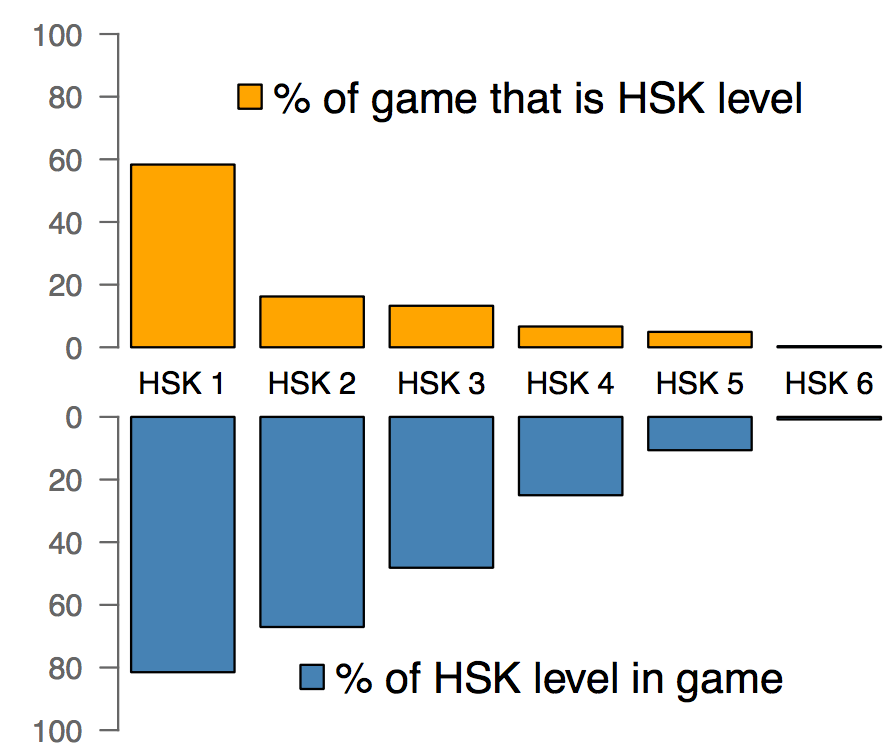
In this game, you are 奇奇 (qíqí) a school-age girl who lives with her mother. Your mysterious uncle shows up and asks you to watch after his cat for a few days. But after an unexpected encounter with a fortune teller, you realize there is a lot more at stake to this task than you thought.
This adventure is titled, 小女孩寻猫记 (xiǎo nǚhái xún māo jì). This roughly translates as “Diary of a girl searching for her cat”, though we have used a shorter English title, Wandering Cat.
This game differs a bit from our previous games
We surveyed WordSwing students about their experiences and attitudes toward our text adventures. We got a huge amount of insightful and helpful feedback. Thank you!
One of the themes was that the games had many dead ends (sometimes literally), and these felt a bit punitive to the reader. Another theme was that the games involved lots of backtracking and replaying the same scenes to get through. While repetition can be a great form of language practice, we also want to be sure it’s not drudgery, and so we have written this game in a slightly different style.
We have built this game with a more linear narrative structure and less free choice, though there are two main puzzles embedded in the game.
The opinions in the surveys were quite diverse, and so with this game we hope to diversify our game lineup with one that is a bit different. Going forward we’ll continue to experiment with different game styles so that there is something for everyone, including your future self. After all, what is best for your Chinese practice today, might not be best a few months from now, after you’ve made some more progress.
In the near future, we’ll share more about the surveys, as there’s too much for this post.
How difficult is this game?
This game is certainly easier structurally than many of our other games. Language-wise, the difficulty falls somewhere between Escape and Zoo.
There are 578 distinct Chinese characters. This is not a very big number, considering the full game narrative is over 9,000 characters long.
To think about how the game relates to HSK levels, we can perform the following analysis:
- Assign HSK levels to characters based on the HSK level the character is first used.
- Examine the full text of our adventure game and consider two aspects:
- What fraction of the text is is composed of each HSK level?
- What fraction of all the HSK characters at each level appear in the game?
This character-wise analysis gives us the following picture:

The first orange bar suggests that 60% of the game text is composed of the 173 characters in HSK 1. And the first blue bar shows that the game contains 80% of those 173 HSK 1 characters.
But perhaps this is what you might expect from the observation that the bulk of text is made up of common characters, and HSK 1 is a bunch of common characters.
However, based on the frequency distribution of Chinese text in typical text, you would expect only 82% of the text to be characters introduced in HSK levels 1-4, while in our game, 95% of the text is introduced in HSK 1-4 (you get 95% if you stack the first 4 orange bars together).
Instead of 1 in 6 characters being outside HSK 1-4, in our game, only 1 in 20 characters are outside HSK 1-4.
This is the very definition of a graded reader, and it’s part of what makes our text adventure games more accessible than most of the Chinese you might encounter in the wild.
Plus it’s packaged in an engaging game with an interesting story, and you need to pay attention to make it through.
Enjoy!